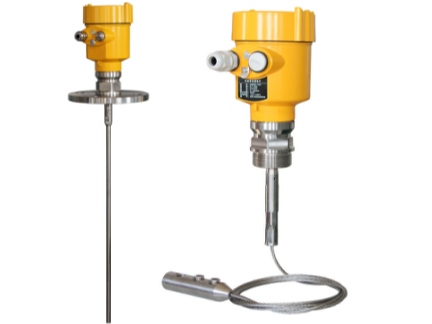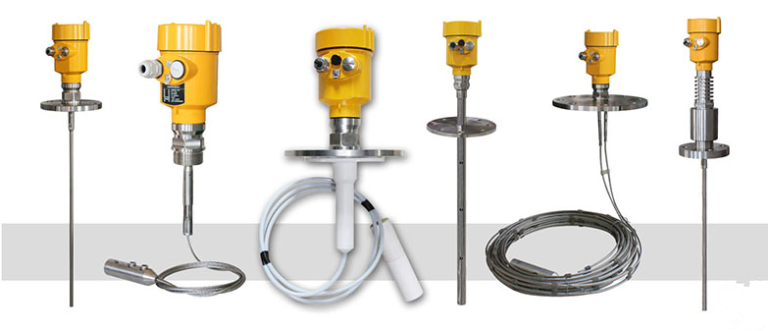In the oil processing process, the dehydration of crude oil is a very important link. Especially in the secondary dehydration process, accurate monitoring of the liquid level is of great significance for ensuring production safety and improving product quality.
After crude oil is extracted, primary dehydration removes most of the water by gravity separation. Secondary dehydration is a more sophisticated process, usually involving the use of chemical additives and electrical dehydration technology, with the goal of further reducing the water content in the oil to meet commercial and transportation standards.
The working principle of guided wave radar level meter is based on time domain reflection technology.
It transmits microwave signals along the probe. When encountering a medium interface with different dielectric constants, part of the signal will be reflected back to the transmitter.
By analyzing the characteristics of the reflected wave, the liquid level height can be accurately calculated.

In the secondary dehydration process of crude oil, the application of guided wave radar level meter is mainly reflected in the following aspects: The secondary dehydration process has extremely high requirements for the accuracy of liquid level control.
The guided wave radar level meter can provide high measurement accuracy, ensuring that the operator can grasp the accurate liquid level information in real time, so as to make timely adjustments.
In the crude oil processing process, steam, foam and viscous substances are often present, and traditional liquid level measurement equipment is susceptible to these factors. Due to its signal transmission characteristics, the guided wave radar system is not easily disturbed by these factors. The installation of the guided wave radar level meter is simple and does not require special tools or complicated procedures.
At the same time, its maintenance cost is relatively low because of its sturdy structure and is not easy to damage. Whether it is under high temperature, high pressure or corrosive environment, the guided wave radar level meter can work stably, which makes it perform excellently in various complex working conditions.
Modern guided wave radar level meters are usually equipped with intelligent communication interfaces, which can be easily integrated into automation systems for remote monitoring and control.

The application of guided wave radar level meter in the secondary dehydration process of crude oil not only improves the accuracy and reliability of liquid level monitoring, but also reduces operational risks and maintenance costs.
As the oil industry continues to increase its requirements for production efficiency and safety, this advanced liquid level measurement technology will undoubtedly play a more important role in the future crude oil processing field.
